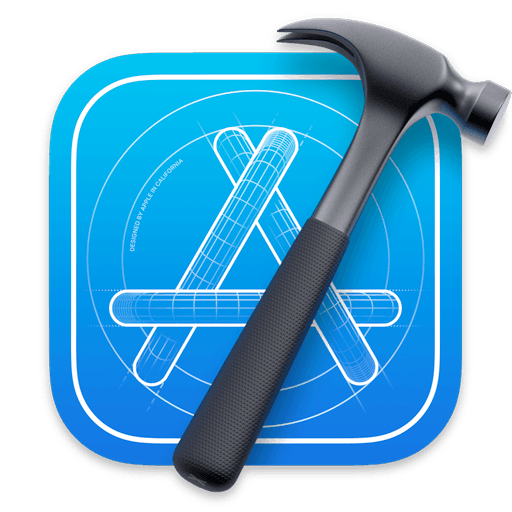
Working across platforms and teams on Google Maps
My time at Google covered working on several different areas of development, blending user journeys and projects across teams as examples to pitch to executives. During my time there, I developed solutions in iOS, watchOS, and Unreal Engine.
I started my first year at Google working in San Francisco on Google Maps' answers in the Google Assistant interface. I developed a prototype that showed the Assistant interface giving Geo's revised answers designed by Geo Assistant's UX Designers.
For the second year at Google, I built versions of AR with a researcher, content strategist, and design lead that gave the user a way to find out more information about the world around them using audio content, and later formalized the technology as a patent. I also built new versions of the Place Sheet that shows info about a business for the Search and Explore team, some of which is still years away from being released.
I helped the UX designers conceive of the first UX versions of Area Busyness, announced at Google I/O in 2021. I showed the UX leads alternatives for three different UX versions of splitting the IA into five tabs. I worked on showing gestures in the first UX versions of Immersive View to design leads, announced at Google I/O in 2022. I created video and Youtube integrations with the Place Sheet, the lightbox, and other surfaces in maps that were tested by qualitative research.
I've worked on several unreleased concepts for the map itself, the upcoming UI and UX framework surrounding the map, and the 2D map's integration with Immersive View, Google Earth, Live View, Street View, and the Assistant.
During my last year at Google, I worked with the framework behind Bard to integrate six user journeys into Live View, the base map, and other concepts. I also used Unreal Engine to show revised versions of the 3D map being designed by our motion graphics leads with custom touch gestures designed to mimic the base map.
In retrospect, I built a Swift and Objective-C based monolithic prototype with 35 end to end user journeys on both the iOS and watchOS platforms that was used by UX design leads, designers, researchers, and executives for over three years.
©2023, Secret Atomics